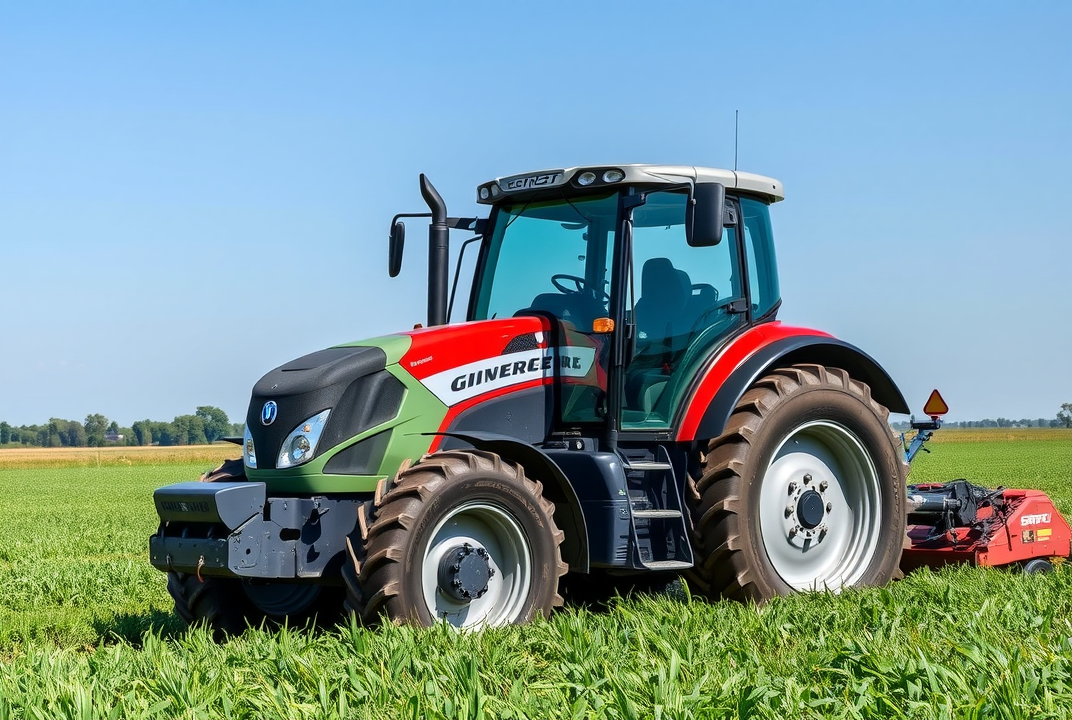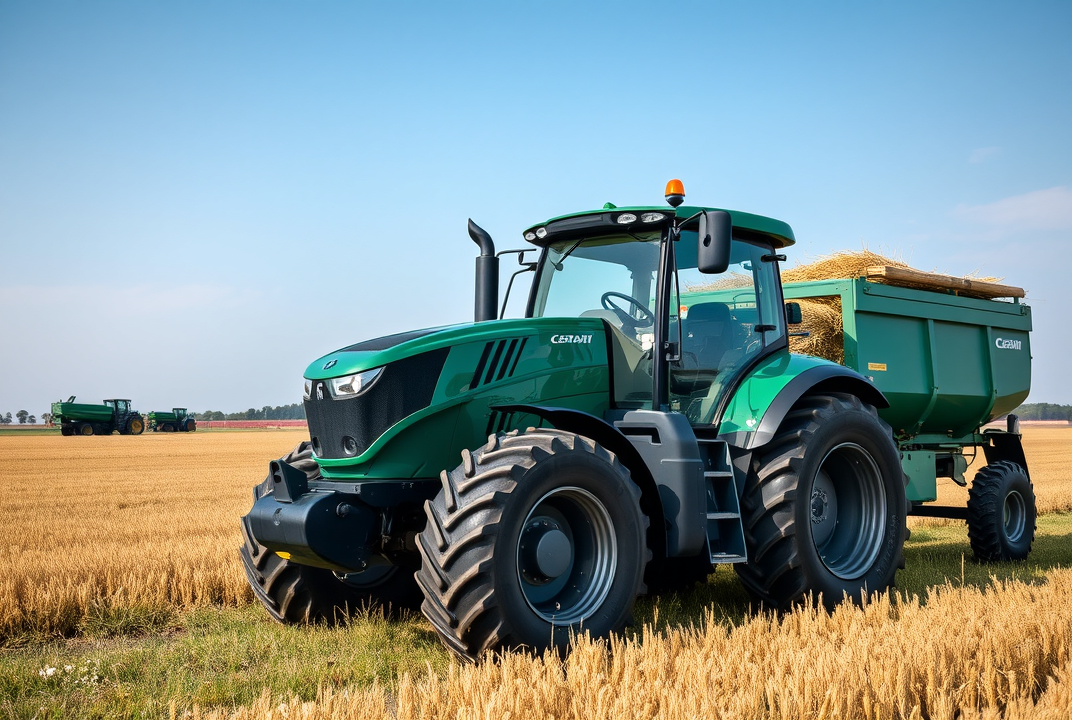Evaluating Cost-Effectiveness in Modern Farm Equipment: A Practical Guide

Introduction
Modern agriculture increasingly relies on sophisticated machinery to enhance productivity and efficiency. In the current landscape, the use of advanced farm equipment isn't merely a trend but a necessity. Consider this: the global agricultural machinery market is projected to grow substantially, underscoring the vital role of technology in farming today. For farmers, determining the true cost-effectiveness of these investments becomes crucial in managing resources effectively.
In this article, we will explore various aspects influencing the cost-effectiveness of modern farm equipment. From understanding initial costs to evaluating technological advantages, the following information will serve as a comprehensive guide for investors and farmers alike.
Understanding Equipment Cost Dynamics
Initial Acquisition Costs
When considering new equipment, the initial price tag often appears daunting. Tractors, harvesters, and planters come with significant costs that require careful financial planning. Still, these machines offer long-term value, making an up-front investment worthwhile.
Key Considerations:
-
Purchase vs. Lease: Decide if buying outright or leasing suits your budget and farm needs.
-
Scale of Operation: Larger farms generally benefit more from owning equipment.
Operating Costs
Beyond purchase prices, operating expenses including fuel, maintenance, and repairs should be factored into your equation. Modern equipment often boasts greater fuel efficiency and lower maintenance costs, aligning with sustainability goals.
Example: John Deere's newer models promise reduced fuel usage by 10%, saving money over time.
Evaluating Technological Benefits
Precision Farming
Implementing technology such as GPS and machine learning algorithms in modern equipment optimizes everything from planting to harvesting.
Benefits:
-
Accuracy: Improves planting precision, reducing wastage.
-
Data Utilization: Enhances decision-making with real-time insights.
Automation
Automation reduces labor demands and enhances operational efficiency at multiple logistics levels.
Case Study: Automated milking machines are improving dairy farm productivity, leading to higher yields with less manpower.
Assessing Return on Investment (ROI)
Financial Metrics
Investors and farmers should employ ROI calculations in justifying equipment investments.
Steps to Calculate:
-
Total Costs: Include initial purchase and long-term maintenance.
-
Yield Increase: Assess how much productivity improves.
-
Payback Period: Determine how quickly investment pays off through increased profits.
Non-Financial Benefits
Aside from revenue gains, farmers gain competitive advantages through enhanced equipment.
-
Sustainability: Eco-friendly machinery reduces environmental impact.
-
Workplace Safety: Improved safety features reduce accident rates.
Market Trends and Future Predictions
Current Trends
Ag-tech integration is progressing rapidly, adding value to existing equipment lines by enhancing functionality.
Future Outlook
As technology advances, anticipate further reductions in equipment costs with expanded capabilities.
Forecast: Robotics adoption is likely to surge, offering new efficiencies.
Challenges and Considerations
Cost Barriers
Despite benefits, the cost remains a significant hurdle for small-scale farms. Assessing financing options or collaborations may offer solutions.
Possible Approaches:
-
Government Subsidies: Checking for available financial support.
-
Co-operatives Involvement: Sharing costs within a farming community.
Adapting to Technological Change
Farmers require ongoing training to leverage new systems effectively.
Solution: Establish partnerships with manufacturers for training programs.
Conclusion
Investing in modern farm equipment represents both opportunities and challenges. Understanding cost-effectiveness requires comprehensive analysis, factoring in both financial metrics and broader benefits. Farmers and investors should strategically evaluate equipment investments based on operation scale, available technology, and potential savings to achieve both economic success and sustainable farming practices.
Whether opting for full automation or deploying precision technology, the decision should align with specific farm needs. Collaborative efforts can bridge the gap between affordability and access to advanced solutions. Modernization is not just an option but an imperative for future agricultural success.
For farmers considering new equipment investments, now is the time to explore options and navigate the path to improved efficiency and profitability.
